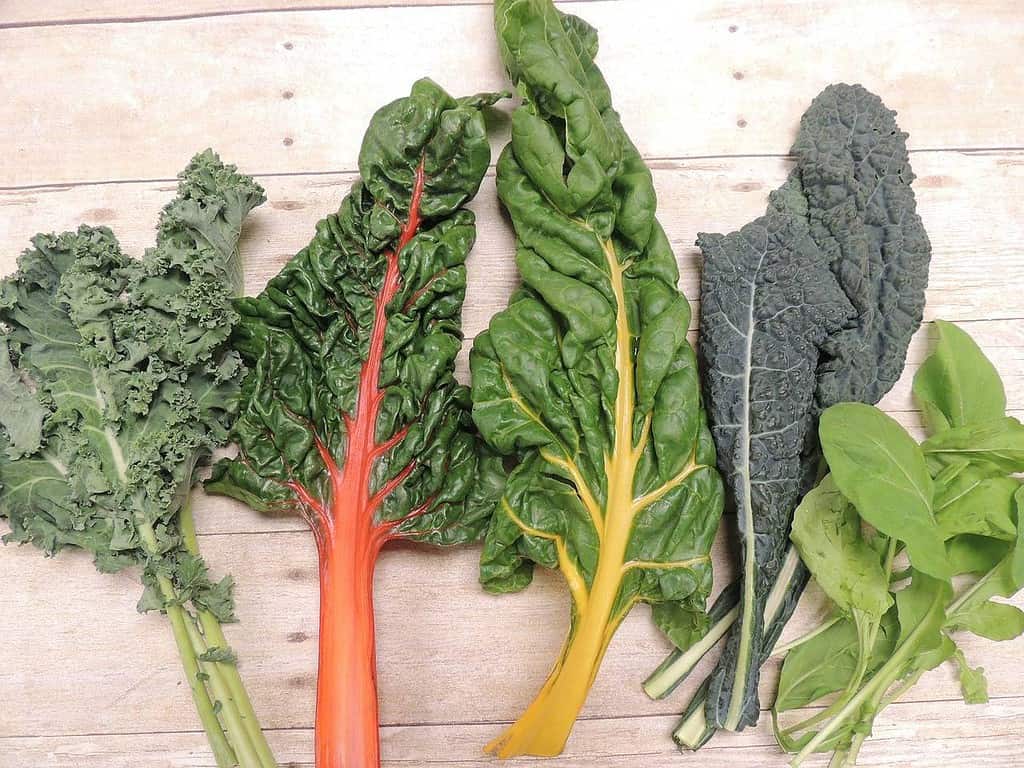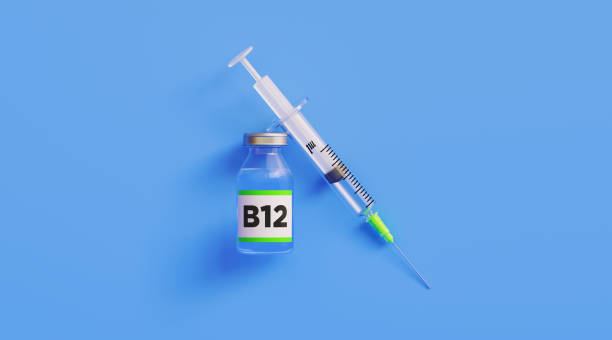Two years ago, a shocking colon cancer diagnosis and subsequent hemicolectomy in July 2021 turned my life upside down. The whole-food, nutrient-dense diet I had lived by suddenly became a minefield. My beloved salads and raw vegetables were no longer feasible options. The idea of a plate full of leafy greens, which once excited me, became a harbinger of digestive woes.
This blog post aims to be an in-depth guide to understanding how a hemicolectomy influences digestion and nutrient absorption. I’ll also offer alternative paths to a nutrient-rich diet that respects your digestive system’s new norms.
Understanding the Role of the Right Side of the Colon
First, let’s talk about the right colon, the part of the large intestine that many of us take for granted. This unsung hero is chiefly responsible for absorbing water and electrolytes from your food, setting the stage for the formation and expulsion of feces. It’s like the first gateway your digested food passes through, undergoing a transformation that makes it easier for your body to handle.
The Aftershocks of a Hemicolectomy
When this critical component of your digestive tract is surgically removed, as in a hemicolectomy, your body has to learn to adapt to new realities. Studies, such as one published in the Frontiers in Oncology, underline how removal of this part can lead to complications like diarrhea, urgency, and changes in bowel habits. Imagine relearning how to eat and experiencing digestive discomfort you never thought a piece of lettuce could cause. That has been my story.
The Challenge with Salads, Fruits, and Certain Veggies
Previously, I could eat salads all day long without a second thought. However, after post-hemicolectomy, I discovered that leafy greens and some fibrous foods could be better. These foods accelerate through the digestive system quickly, especially when the right side of the colon is absent, leading to discomfort and even pain.

The Unassuming Trouble with Skins on Fruits and Vegetables
Before my surgery, I never peeled fruits or vegetables. I viewed their skins as nutrient powerhouses. But afterward, I realized that these skins needed to be improved. They are fibrous and require more effort to digest, which isn’t ideal when part of your digestive tract is missing. They led to bloating and gas, something no one wants to experience. Research in the American Journal of Gastroenterology supports this, noting that high-fiber foods like these can lead to digestive discomfort.
Discovering Nutrient-Dense Alternatives for My Diet
After my surgery, I had to re-explore the world of vegetables. I found that cooking veggies made them easier to digest and enjoyable. Softening them by cooking breaks down the fibers, making them less taxing on your digestive system. I found carrots, zucchini, and sweet potatoes to be gentle yet nutritious options.
A Modified Relationship with Fruits
Not all fruits turned against me after my surgery; mainly just, grapes became a no-go. I’ve found solace in fruits like bananas, peeled apples, melons, and berries. These offer the sweetness and nutrients I crave without the digestive drama.
Lean Proteins and Whole Grains
Another alteration came from relying more on lean proteins like chicken and fish and whole grains like brown rice and quinoa. These foods are easier on the gut but provide essential nutrients and energy.
The Vital Role of Nutritional Supplements
In my quest for a balanced diet, I also explored the world of nutritional supplements. These became useful in filling the nutritional gaps my revised diet couldn’t cover. For instance, I started using high-quality protein powders as an addition to smoothies, ensuring I met my protein requirements. Vitamin D, Calcium, and Omega-3 fatty acids also became part of my daily regimen, as advised by my healthcare provider.
I was diagnosed with pernicious anemia, where my body cannot absorb B12 from food or supplements, so I get B12 injections every month.

However, it’s essential to note that supplements should not replace whole foods but complement them instead. Moreover, consult your doctor or nutritionist before you incorporate any supplements into your diet, especially post-hemicolectomy. They can provide personalized advice based on your medical history and current condition.
Consult With A Nutritionist
As someone who always thought I knew enough about food and nutrition, seeking expert advice wasn’t initially on my radar. However, I soon realized that specialized guidance could offer valuable insights explicitly tailored to my new digestive system.
By speaking with a certified nutritionist about my health history, she was able to help me craft a meal plan that was not just nutrient-dense but also considerate of my body’s new needs and limitations. She introduced me to various alternative foods that I hadn’t considered before. For instance, she recommended trying fermented foods like kimchi and sauerkraut to support gut health, which I hadn’t thought was an option post-surgery. I wasn’t a fan of sauerkraut, but kimchi is now a staple food in my refrigerator.
The Emotional and Mental Aspect
Acknowledging that dramatic dietary changes bring physical and emotional challenges is crucial. I missed the crunch of a fresh salad and the convenience of my go-to health foods. There was a sense of loss and, to some extent, a feeling of betrayal—how could the foods that once nourished me now cause me discomfort?
The Importance of Mindfulness and Acceptance
Mindfulness techniques and positive affirmations played a massive role in helping me make peace with my new nutrient-dense diet. Acceptance came gradually. I found solace in my body being resilient enough to adapt and gratefulness in the plethora of foods that still worked well for me.
Reinventing Nutrition Post-Hemicolectomy
If this journey has taught me anything, it’s that adaptability is critical to maintaining a nutrient-dense diet post-hemicolectomy. With ingenuity, some research, and a willingness to experiment, it’s entirely feasible to maintain a well-rounded diet. And let’s be honest, while I miss my salads, the new food items I’ve welcomed into my diet have been pretty exciting to discover and enjoy.
Two years into this adventure, I am still learning every day. The key to maintaining a nutrient-dense diet post-hemicolectomy is perpetual learning and adaptation. Your body will always let you know what it needs; it’s up to you to listen and adapt. So, don’t be afraid to experiment with new foods and cooking methods, but most importantly, consult experts when you hit a roadblock.
To those reading this who are also navigating their way through life after a hemicolectomy, you are not alone. This journey, while challenging, has its rewards. Let’s stay strong, make informed choices, and, most importantly, continue learning from each other.



